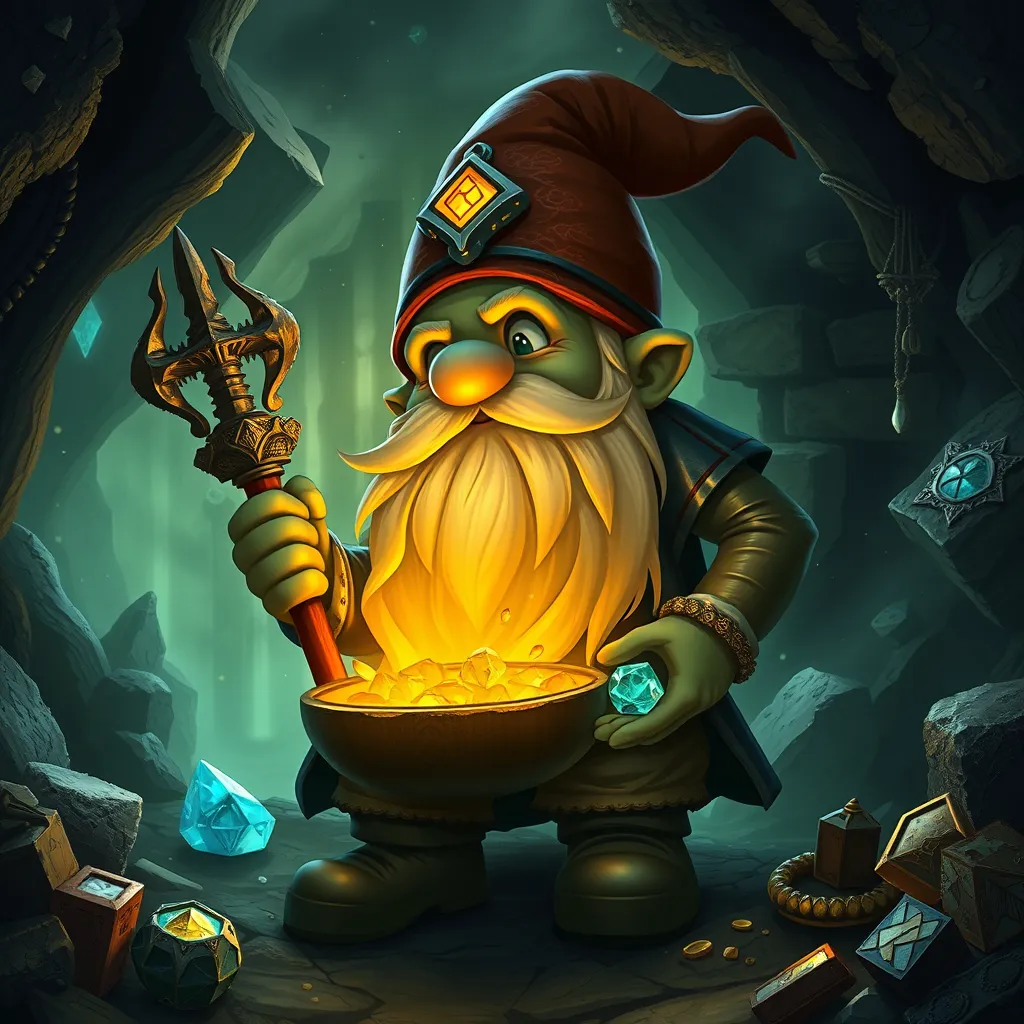The Cyclops in Japanese Mythology: Examining the One-Eyed Giant in Japanese Mythology
I. Introduction
The concept of the Cyclops has intrigued scholars and enthusiasts of mythology across the globe. Known primarily from ancient Greek mythology, Cyclopes are one-eyed giants often depicted as brutish and strong. In contrast, Japanese mythology also presents its own interpretation of similar beings, merging traditional narratives with unique cultural elements. This article aims to explore the presence and significance of the Cyclops in Japanese mythology, shedding light on its characteristics, stories, and cultural impact.
II. Historical Context of Japanese Mythology
Japanese mythology is a rich tapestry woven from various influences, including Shinto beliefs, Buddhist teachings, and folklore from neighboring cultures. This blend has given rise to a diverse array of mythological figures, including gods, spirits, and creatures, many of which bear similarities to figures from other cultures.
Giants and one-eyed beings have a notable place in these ancient narratives, often embodying various aspects of human experience, such as strength, danger, and the unknown. The concept of the Cyclops as a one-eyed giant fits into this broader context, where such beings serve as both adversaries and symbols of power.
III. The One-Eyed Giant: Definition and Characteristics
In Japanese folklore, the concept of a one-eyed giant can be associated with creatures like the “Ishikoro” or “Ishikoro-ō,” though they do not strictly adhere to the characteristics of Greek Cyclopes. The Japanese version often emphasizes a connection to nature, embodying elements of the earth and its mysteries.
- Physical Appearance: Typically depicted as large and imposing, the one-eyed giant in Japanese folklore is characterized by a single eye, often positioned in the center of the forehead.
- Personality Traits: Unlike the brutish nature of their Greek counterparts, Japanese one-eyed giants may exhibit a range of personalities, from benevolent to mischievous, reflecting the complexity of human emotions.
In comparison to Western Cyclopes, who are often portrayed as savage and uncivilized, the one-eyed giants in Japanese mythology can embody wisdom, knowledge, and even a connection to the divine.
IV. Key Myths and Stories Involving the Cyclops
Several myths showcase the presence of the one-eyed giant in Japanese narratives. These stories often involve gods or heroic figures encountering these beings, leading to significant conflicts or alliances.
- The Story of Kintaro: In this tale, Kintaro, a child hero raised by a mountain ogre, encounters a one-eyed giant who challenges him to a battle. This encounter emphasizes themes of bravery and the triumph of the underdog.
- The Tale of the One-Eyed Oni: Some stories depict the one-eyed giant as an Oni (demon), who serves as an antagonist to the gods. These tales often culminate in a moral lesson about overcoming evil with virtue.
The recurring theme in these narratives often revolves around the struggle between good and evil, with the one-eyed giant serving as a formidable adversary that heroes must confront. The outcomes of these encounters often impart vital lessons about courage, strength, and the importance of using wisdom in overcoming challenges.
V. Cultural Significance of the Cyclops in Japanese Society
The representation of the Cyclops in Japanese culture extends beyond ancient myths. In art and literature, these giants symbolize various aspects of human experience, including fear, strength, and wisdom.
- Artistic Representations: From traditional woodblock prints to modern illustrations, the one-eyed giant has found its way into various art forms, often depicted in a way that emphasizes their mystical and powerful nature.
- Contemporary Pop Culture: The influence of the Cyclops is evident in Japanese anime and manga, where they are frequently portrayed as strong yet misunderstood characters. They often serve as both heroes and villains, reflecting the duality of their nature.
Additionally, the one-eyed giant often embodies themes of fear and the unknown, prompting audiences to confront their own fears through the stories told about these creatures.
VI. Comparative Analysis: Cyclops in Other Mythologies
While the one-eyed giant has a distinct place in Japanese mythology, it shares traits with similar figures from other cultures. A comparative analysis reveals both similarities and differences across various mythologies.
- Greek Mythology: The Cyclopes in Greek tales, such as Polyphemus, are often depicted as brutish and solitary, serving as obstacles for heroes like Odysseus.
- Hindu Mythology: In Hindu tales, beings such as the one-eyed demon “Raktabija” exhibit traits of a one-eyed giant, often involved in epic battles with gods.
- Norse Mythology: The Norse also feature one-eyed beings, such as Odin, who sacrificed an eye for wisdom, showcasing a different interpretation of the one-eyed figure.
These comparisons highlight universal themes of strength, wisdom, and the struggle between good and evil, showcasing how different cultures interpret the archetype of the Cyclops.
VII. Contemporary Interpretations and Representations
In modern media, the Cyclops continues to evolve. Japanese video games and films often incorporate one-eyed giants into their narratives, showcasing their adaptability and relevance in contemporary storytelling.
- Video Games: Titles such as “Final Fantasy” and “Monster Hunter” feature one-eyed creatures, often as formidable opponents or powerful allies, reflecting their mythological roots.
- Films and Anime: Various anime series incorporate one-eyed giants into their plots, often portraying them with complex character arcs that challenge stereotypes.
This evolution reflects a broader trend in media where mythological figures are reinterpreted to resonate with modern audiences, highlighting the ongoing relevance of these ancient stories.
VIII. Conclusion
In conclusion, the Cyclops in Japanese mythology presents a fascinating study of a mythological figure that transcends cultural boundaries. From ancient narratives to contemporary adaptations, the one-eyed giant serves as a symbol of strength, wisdom, and the perpetual struggle between good and evil. As we delve into Japanese mythology, it becomes clear that these figures not only entertain but also impart valuable lessons that remain relevant in today’s society.
The enduring legacy of the Cyclops is a testament to the power of mythology, showcasing how these ancient tales continue to inspire and influence our understanding of the world around us.




